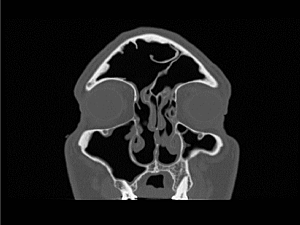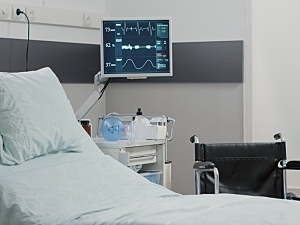Biologic Therapies Shifting the Paradigm for Treating Chronic Rhinosinusitis

For years, patients with chronic rhinosinusitis (CRS) and nasal polyps had few treatment options beyond topical corticosteroids and surgery. Stella Lee, MD, director of the Brigham Sinus Center, conducted trials of three biologic therapies showing signs of addressing CRS symptoms and improving patient quality of life.
Read More...







